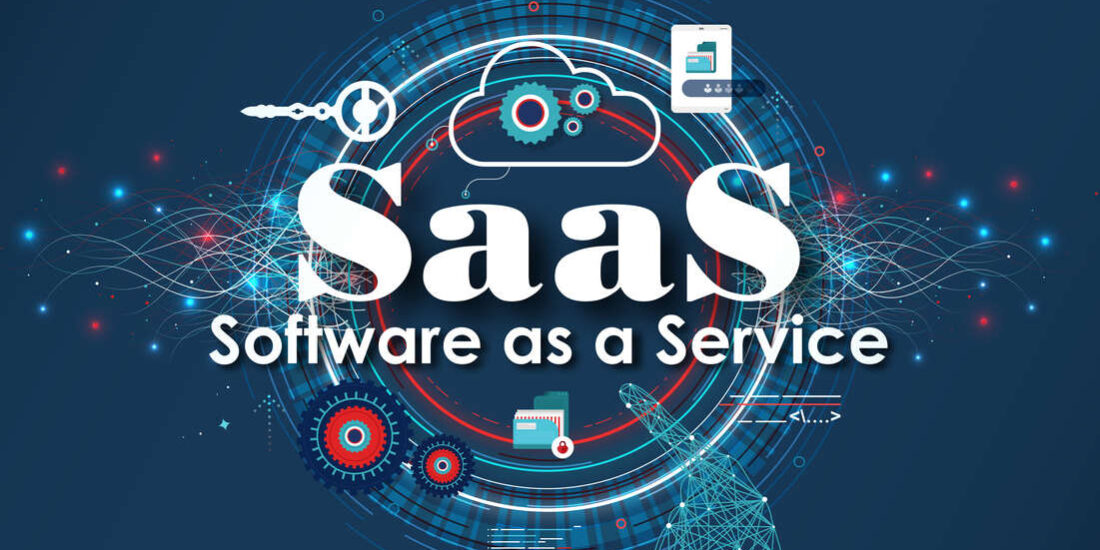New-generation banks
Which would you choose to check your account balance: an app or voice assistant? Clients are choosing the latter more and more frequently. Financial institutions are realizing that their audience needs breakthrough IT solutions that will simplify money transactions.
IoT is one of these revolutionary technologies for banks.
IoT is the future of FinTech
Fitness trackers, smartwatches, smart scales, smart acoustics, and smart vacuum cleaners are already commonly used. According to estimates by leading international consultants and experts, in 2021, the IoT market exceeded $500 million. Its explosive
growth is set to continue, and by 2027, the market will cross the $2 trillion mark.
The use of IoT devices is also gaining momentum in the financial sector. Banks are experimenting with this technology, creating new products tailored to client needs.
IoT in the banking sector
Portable and media devices improve user experience, increasing client engagement and loyalty to banking services by making them more convenient and accessible. Banks have already implemented the following IoT solutions:
Users perform banking transactions with the help of voice assistants: pay bills, check balances, make purchases, and much more.
Smart branches offer clients a new digital experience. Users can withdraw cash from ATMs without cards, receive bank cards immediately upon request, communicate with bank employees via video built into the ATM, and so on.
Contactless payments have gained special relevance and popularity in the era of the COVID pandemic, which has given additional impetus to the technology in view of its widespread demand. Banks are interested in clients paying for services and goods with
one touch using watches and other wearable devices. This method doesn’t bind users to bank cards.
Shinhan Card, the largest bank card company in Korea, is planning to create an IoT-based payment system with facial recognition technology. This way, the company will simplify the client experience and reduce the use of plastic.
Some financial institutions are using IoT technology to make identity verification as easy as uploading selfies from a smartphone. Thanks to this, clients can quickly obtain a user ID without fear of data leakage.
Benefits of IoT in banking
IoT is becoming a powerful tool for what we might call the Bank of Things. Many financial institutions create
bank applications for popular wearable devices – for example, Apple Watch or FitPay. Some banks have released their own gadgets (bPay) and bracelets (from Caixa Bank, Hellenic Bank, and WestPac). The more connected devices surround users, the more they
interact with the bank.
Here are the main benefits of IoT in banking:
IoT devices collect information about a bank’s clients. This is how the financial company gets to know consumers and better understands what services or products to offer them. For example, data from social media and information about purchasing habits can
indicate individual credit risks.
IoT devices protect banking assets thanks to enhanced identity verification. Clients pay for purchases via mobile apps using fingerprints, retinal scans, and FaceID. Nymi, the smart bracelet, records the heartbeat of users – to enter the device, you only
need to touch it with the bracelet. AI-powered IoT devices detect hacking attempts and alert the bank of them.
However, the more devices are connected to the IoT network, the more likely they are to be hacked. Therefore, banks are investing in security testing and data protection services for their corporate infrastructure and bank applications.
IoT technology has opened up new payment options for clients with the use of wearable devices, smart cards, and biometric tokens.
Banks are looking for new ways to retain clients. According to statistics, one in three millennials is ready to change banks if they don’t meet their requirements. Therefore, financial institutions do their best to anticipate client needs. IoT is one of
the five technologies that most affect quality of service.
A bank’s client care can go beyond traditional services. For example, some companies motivate their clients to do sports in return for bonuses and cash gifts. Smart bracelets warn them when their accounts are running out of money.
IoT facilitates part of banking operations. Systems powered by this technology automatically process requests, disable credit cards, transfer ownership of assets, and so on. For example, with the help of IoT, Chase
has reduced the time needed to open an account to five minutes.
How banks can implement IoT
The development of banking software solutions starts with planning. Typically, banking software solutions companies do the following work:
-
Check the concept of an IoT solution. Business Analysts investigate the banking market and assess what banking software solutions will be most useful for the user and beneficial for the bank.
-
Analyze banking operations. The project team figures out which operations generate large amounts of data and how it will be collected and processed. Clients’ wearable devices often communicate with the bank via cloud platforms.
-
Choosing hardware for an IoT solution. It could be smartwatches, bracelets, or other wearable devices.
-
Create software for IoT devices. The program is developed while taking into account the bank’s requirements and the users’ needs. Banking software solutions companies integrate the product with third-party applications as needed.
-
Test the product. Before the product enters the market, QA specialists test its functionality, security, network capabilities, performance, interoperability, and usability.
IoT helps banks keep up with the times and keep their clients interested in their services.
Financial institutions implementing IoT today will be the industry leaders of tomorrow.


























